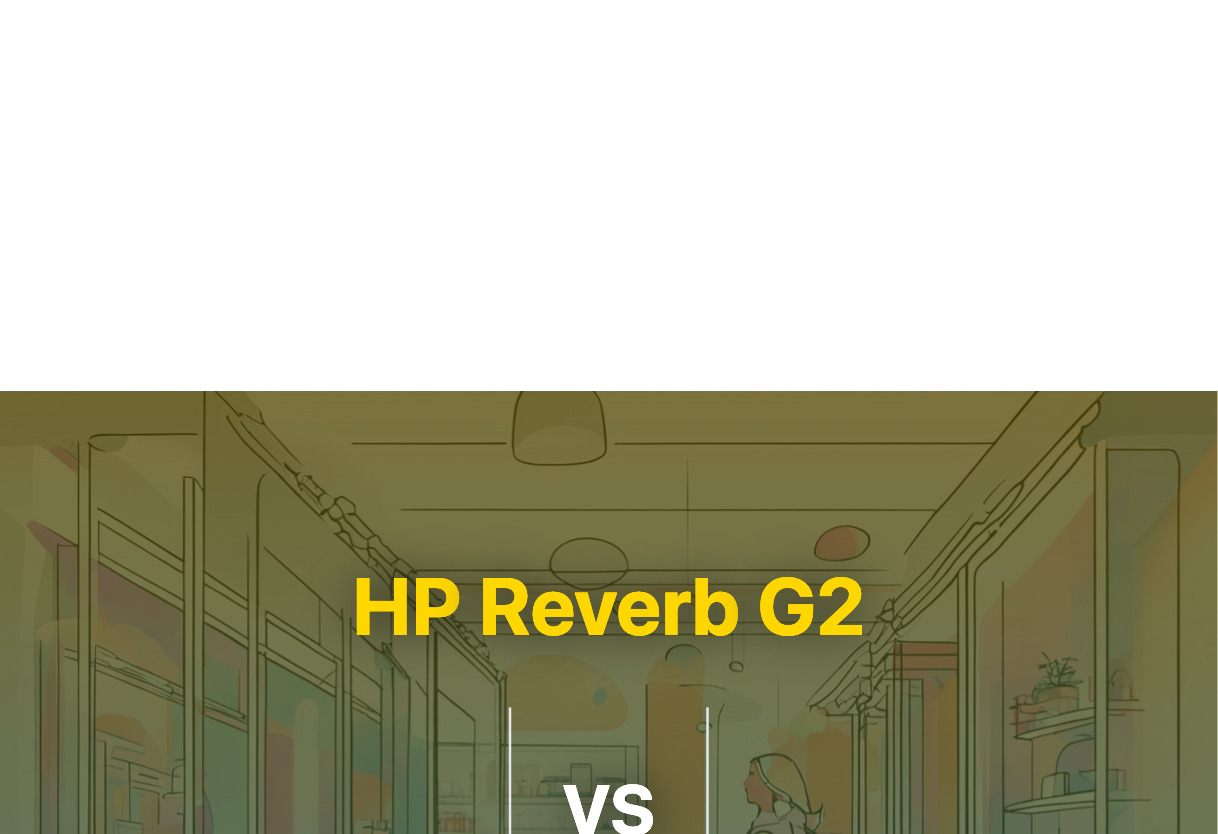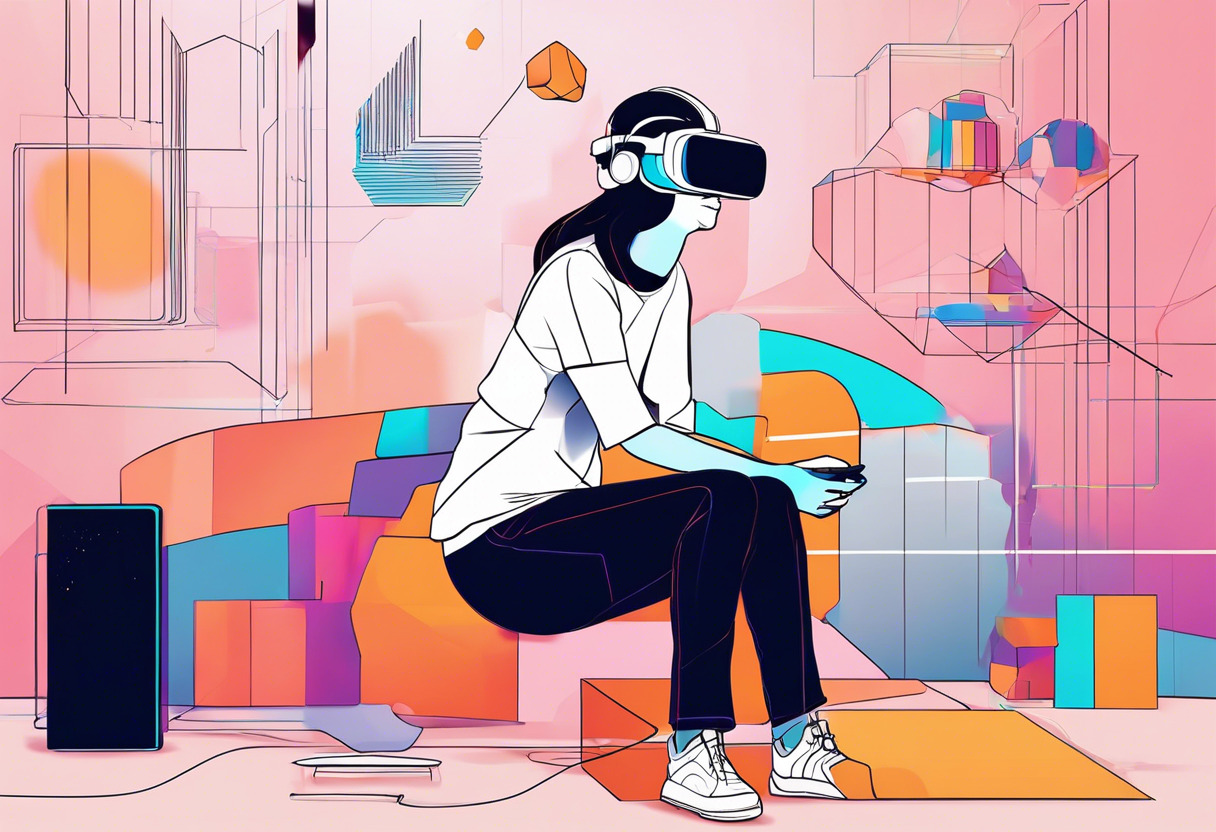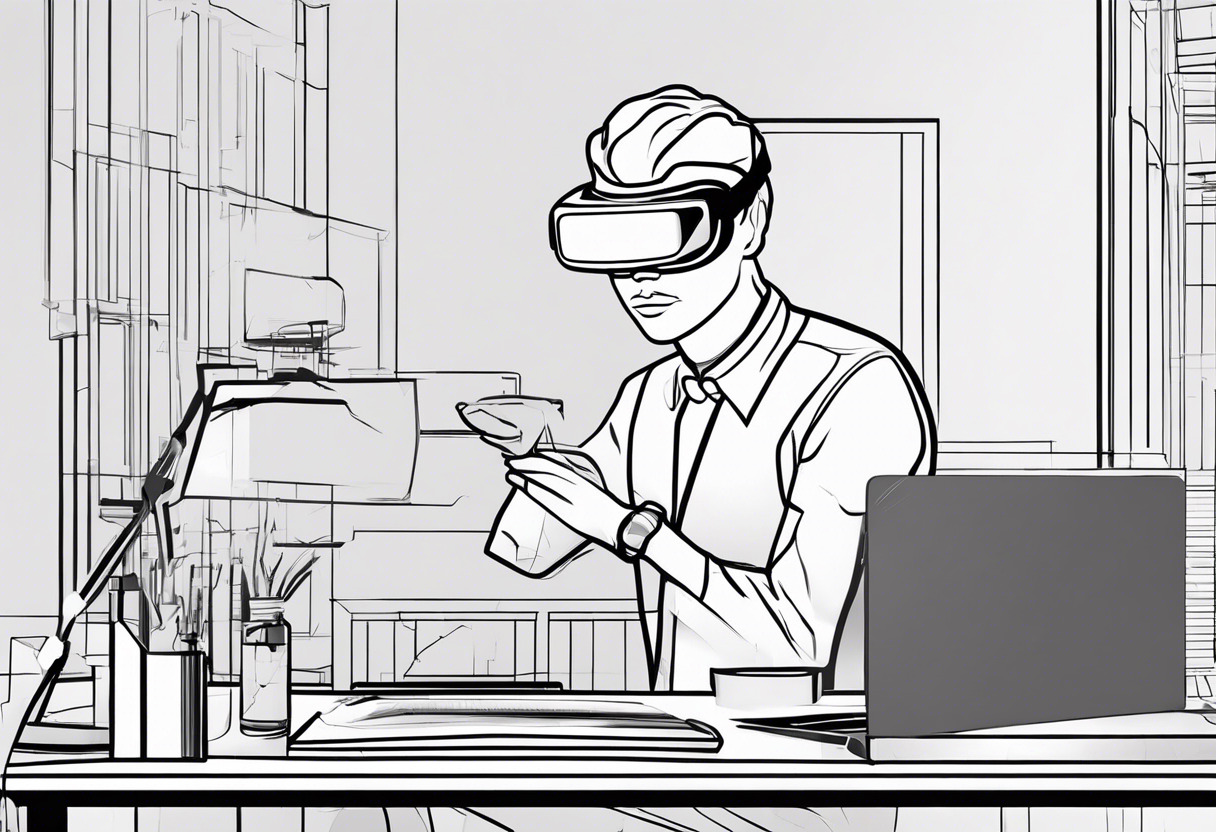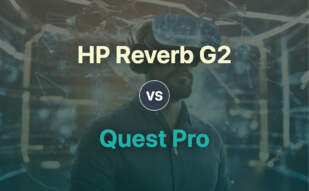For power users seeking cutting-edge visual immersion, Pimax Crystal is your go-to choice, boasting unmatched resolution and superior Pixels-Per-Degree (PPD). However, if budget constraints exist and a high-end VR experience is desired with extensive multiplatform compatibility, HP Reverb G2 delivers excellently.

Key Differences Between HP Reverb G2 and Pimax Crystal
- Price: HP Reverb G2 at $599 is significantly more affordable than the Pimax Crystal at $1599.
- Resolution: Pimax Crystal dominates with a phenomenal 5760 x 2880 pixels, dwarfing HP Reverb G2’s 2160 x 2160 pixels per eye.
- Compatibility: HP Reverb G2 supports both SteamVR and Windows Mixed Reality platforms, on the other hand, Pimax Crystal works primarily with PCVR.
- Comfort: HP Reverb G2 flaunts comfortable, glasses-friendly paddings while Pimax Crystal has received some negative feedback regarding comfort.
- Pixels-Per-Degree (PPD): Pimax Crystal scores the highest in all consumer VR headsets with a high PPD of 35.
| Comparison | HP Reverb G2 | Pimax Crystal |
|---|---|---|
| Price | $599 | $1,599/$73.79/mo for 24 mo |
| Resolution | 2,160 by 2,160 pixels per eye | 5760 x 2880 pixels |
| Tracking system | Camera-based, no external sensors | 4 external Depth-of-Field cameras, no base stations |
| Refresh Rate | 90 Hz | 120 Hz with eye tracking |
| OS compatibility | Windows 10 May 2019 update or later | Windows 10/ Windows 11 |
| Processing Power Requirement | Intel Core i5 CPU or AMD Ryzen 5, Nvidia GeForce 1080 or AMD Radeon 5700 GPU | Nvidia GeForce RTX 2070 or higher, Intel i5-12500/AMD R7-3700X and above |
| Platform | SteamVR and Windows Mixed Reality | PCVR or XR2 powered Standalone mode |
| User comfort | Improved memory foam facemask, glasses-friendly padding system | Weight distribution, swappable batteries |
| Tracking Controllers | Two motion controllers with no finger-tracking capabilities | 600mAh controller charges with type-c |
| Setup | Requires DisplayPort 1.3 or USB 3.0 connection | 1 x DisplayPort 1.4, USB: 1 x USB-A 3.0 / 3.1, 1 x USB-A 2.0 |
What Is HP Reverb G2 and Who’s It For?
HP Reverb G2 is a consumer-oriented VR headset, primarily used within professional circles. It rivals the HTC Vive Pro, Vive Focus, Oculus Quest 2, and the Valve Index. This reinvention from the original 2019 Reverb is made more inviting due to added comfort and improved tracking.
This impressive device primarily suits users who appreciate sharp imagery and camera-based motion tracking in their VR experience. It also provides a unique advantage to those desiring a VR system that requires less physical space and no external sensors. The HP Reverb G2 operates optimally on Windows 10 May 2019 update or later, catering to users with a DirectX 12 capable graphics system.

Pros of HP Reverb G2
- Superior resolution of 2,160 by 2,160 pixels per eye at 90Hz
- Improved comfort with memory foam-covered facemask
- No need for external sensors due to four camera setup
Cons of HP Reverb G2
- Comparatively lower refresh rate of 90 Hz
- Occasional hiccups in tracking
- Requires DisplayPort or USB 3.0 connection
What Is Pimax Crystal and Who’s It For?
The Pimax Crystal is a state-of-the-art VR headset crowned with clarity, courtesy of its glass aspheric lenses. It comes at a cost of $1,599 or $73.79 per month for 24 months. It is notable for its high Pixels-Per-Degree (PPD) count of 35, the highest among consumer headsets.
This VR headset is ideal for users seeking the highest resolution in their VR experience and are willing to invest a premium price. Through the incorporation of local dimming, it ensures brighter whites and deeper blacks, making it perfect for consumers who prioritize exceptional visual quality. A recommended system for usage is Windows 10/Windows 11, plugging into a GPU of Nvidia GeForce RTX 2070 or higher.

Pros of Pimax Crystal
- Highest resolution of 5760 x 2880 pixels, dominating all consumer VR headsets
- Dual modes of operation: PCVR and Standalone VR
- Local dimming technology for boosted contrast
Cons of Pimax Crystal
- Issues with comfort
- Standalone/streaming not operational yet
- Uneven performance of hand tracking in SteamVR
Comparative Analysis: HP Reverb G2 vs Pimax Crystal
After delving into the specifications of both HP Reverb G2 and Pimax Crystal, the definitive verdict depends on the requirements of distinct audience segments.
Professionals and Spec-Savvy Enthusiasts
Given the5750 x 2880 maximum resolution of Pimax Crystal and its enhanced color accuracy due to QLED+Mini LED tech, professionals aiming for hyper-realistic experiences, should be the first ones at the checkout. Its unparalleled clarity is unbeatable by HP Reverb G2’s 2160×2160 resolution.

Budget Conscious Tech Admirers
At one-third of the cost of a Pimax Crystal, the HP Reverb G2 stands tall as the perfect entry point for VR beginners or budget-conscious enthusiasts. Its four-camera tracking system, comfortable fit, and compatibility with SteamVR and Windows Mixed Reality platform, substantiates the value it delivers.

High-End Gamers
If unparalleled graphics, a wide field of view, and a dynamic foveation system are paramount in your gaming experience, Pimax Crystal should be your comrade-in-arms. Its Tobii eye tracking system, high-quality lenses and Qualcomm Snapdragon XR2 make it a heavyweight in VR gaming.

Faced with the decision between HP Reverb G2 and Pimax Crystal, value seekers get a robust, user-friendly experience with HP Reverb G2 at a reasonable price. Adversely, professionals and high-end gamers seeking top-notch visual experiences will find Pimax Crystal, albeit at a higher cost, delivering impeccable performance.
Tiffany Brise
Content writer @ Aircada, patiently awaiting a consumer AR headset that doesn’t suck.





